Plastic pollution is a global threat. And thanks to pressure from people all around the world, brands and retailers know they need to take responsibility for creating it. We are increasingly being bombarded with corporate announcements on new packaging for products — things like “100% recyclable packaging”, “made with biodegradable plastic”, and “sustainable paper packaging”. But what do these efforts really entail, and are they the solution to the plastic pollution crisis?
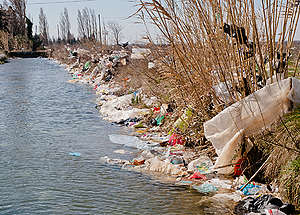
Plastic waste blown away from formerly open domestic waste landfill La Crau in Entressen France. The landfill was open until 2008. Plastic bags, film and foil entangled in bushes and washed up in canal.
Let’s start with a quick reminder of what put us in this situation in the first place: single-use plastic that is meant to be used for a very short period of time — even just seconds — and then thrown away. And now let’s take a look at some of the most common “solutions” being touted by companies.
- Paper. At first glance, paper products might seem to be a good solution, and it is a relatively easy switch for companies to make. However, a massive switch by big corporations from plastic to paper will negatively impact global forests. Forests play a key role in environmental health by removing and storing carbon, sustaining indigenous communities and unique biodiversity, and providing many other ecological services. Given the current pressures on already limited forest resources, much larger areas need to be protected and restored, not transformed to feed our disposable packaging addiction.
- Bioplastic. Another very confusing trend is switching to “bioplastics,” a term that can refer to plastic that is bio-based, biodegradable or compostable and can even include fossil fuel–based plastic. The problem with bioplastics is two-fold. First is the origin; the majority of bio-based plastic is derived from agricultural crops, which compete with food crops, threatening food security and driving land-use change and agricultural emissions. The second problem is what happens when they are disposed of. Biodegradable plastics degrade only under very high temperatures and humidity conditions that are rarely, if ever, met in the natural environment. Biodegradable plastics can also break apart into smaller pieces (just like regular plastic) which can be ingested by animals and enter the food web. Compostable plastic, on the other hand, does fully decompose but again only under certain conditions that are met in either industrial composting facilities, or, less commonly, in home composting systems. Most municipalities do not have the needed equipment and thus compostable plastic is more likely to be landfilled or incinerated, making it not much different—and not much better—than conventional single-use plastic.
- Recyclable plastic. And last, but not least, packaging made from 100% recyclable plastic. This is mostly marketed to look good but in reality isn’t so great. More than 90% of all the plastic ever produced has not been recycled. Recycling systems cannot keep up with the huge volume of plastic waste generated and facilities have become overwhelmed. So plastic is far more likely to end up in landfills, incinerators or in the environment than to be recycled. Also, plastic is not really “recycled,” but “downcycled,” which means that instead of making a new plastic package from an old one, the plastic is reprocessed into products of lesser quality or value which are not further recyclable and not possible to recycle. Each municipality has different capacity to recycle different types of plastic, so what is recyclable is not necessarily recycled.
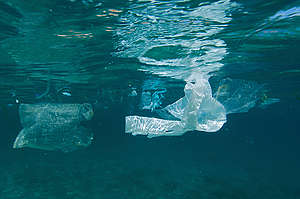
Plastic pushed into a small bay floats just beneath the surface.
Unfortunately, companies are not yet addressing this throwaway model with these strategies. They are simply shifting from one material to another, but the core of the model is the same: use and throw away, in huge quantities, at a global scale. Companies are still creating massive amounts of waste that the planet just can’t digest.
So what is the solution? As plastic pollution keeps increasing, it is urgent that companies take action and move towards business models that do not involve wasting the planet’s resources by turning them into disposable packaging.
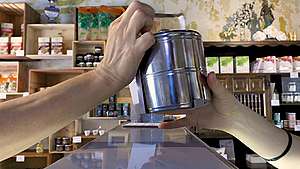
A growing movement calls for take-aways to reduce disposable packaging and switch to returnable containers. On the 4th of July Greenpeace calls upon every person in Switzerland to go grab his take away food with a reusable container. And the more we participate, the more we achieve.
Companies must prioritize reduction, to avoid creating waste in the first place, and invest in reuse and refill systems to distribute their products. They need to provide clear targets for reduction and plans for how they will meet them. People all over the world are already taking action and demanding these systems be put in place. It is time for companies to follow suit and deliver the real solution—reuse.
Elvira Jiménez is the Global Project Lead for the plastics campaign at Greenpeace Spain.
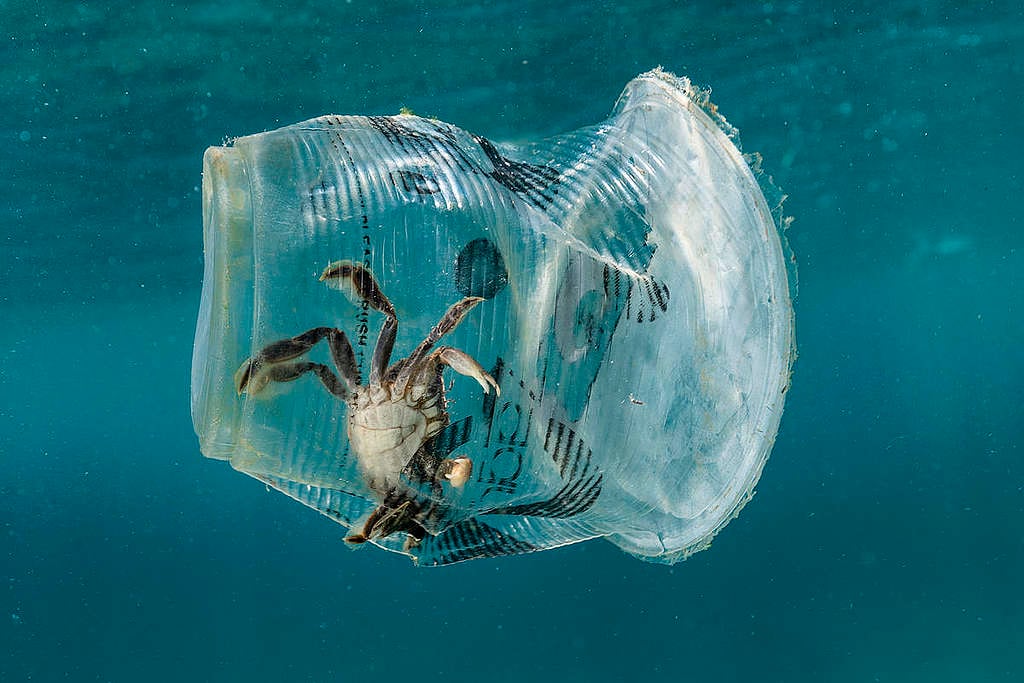
Our coastlines are among the most impacted by plastic pollution in the world. Be part of the solutions!
TAKE ACTION
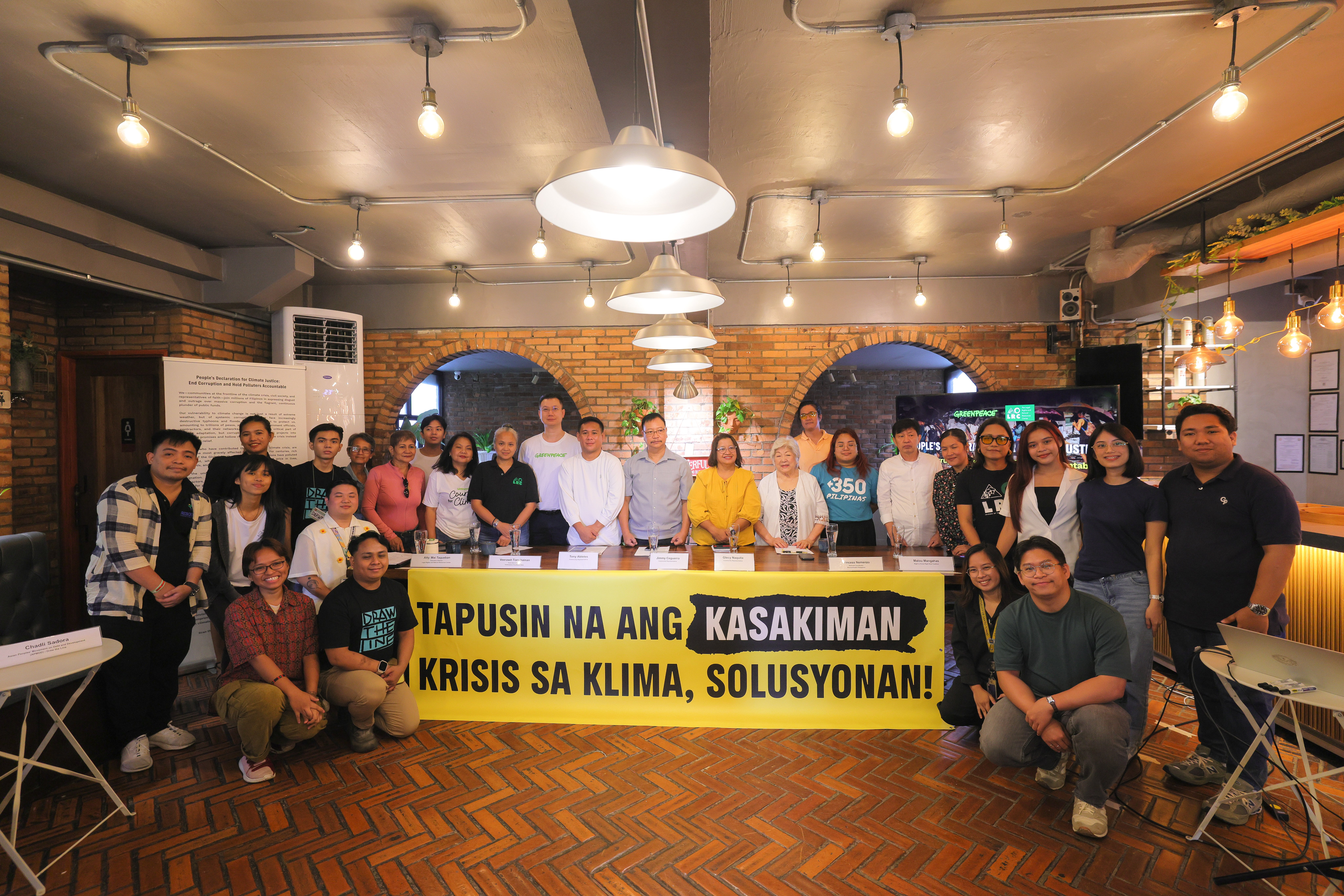
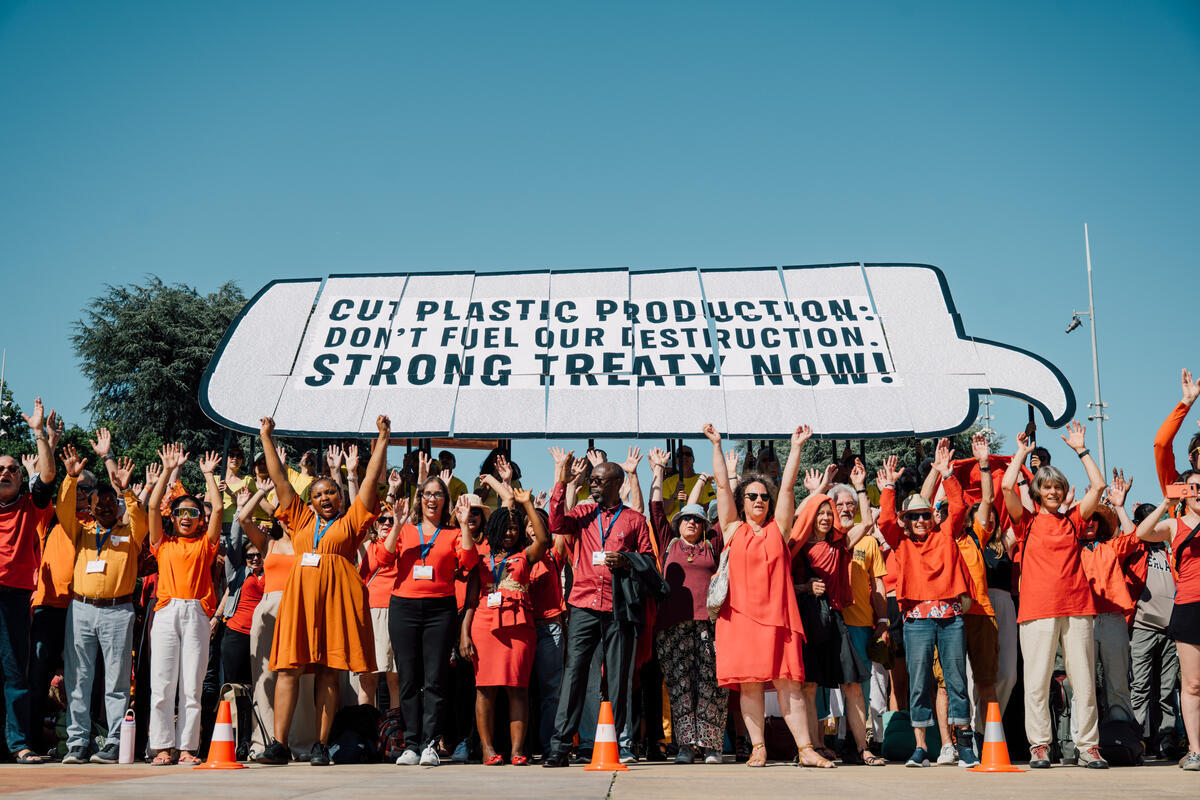
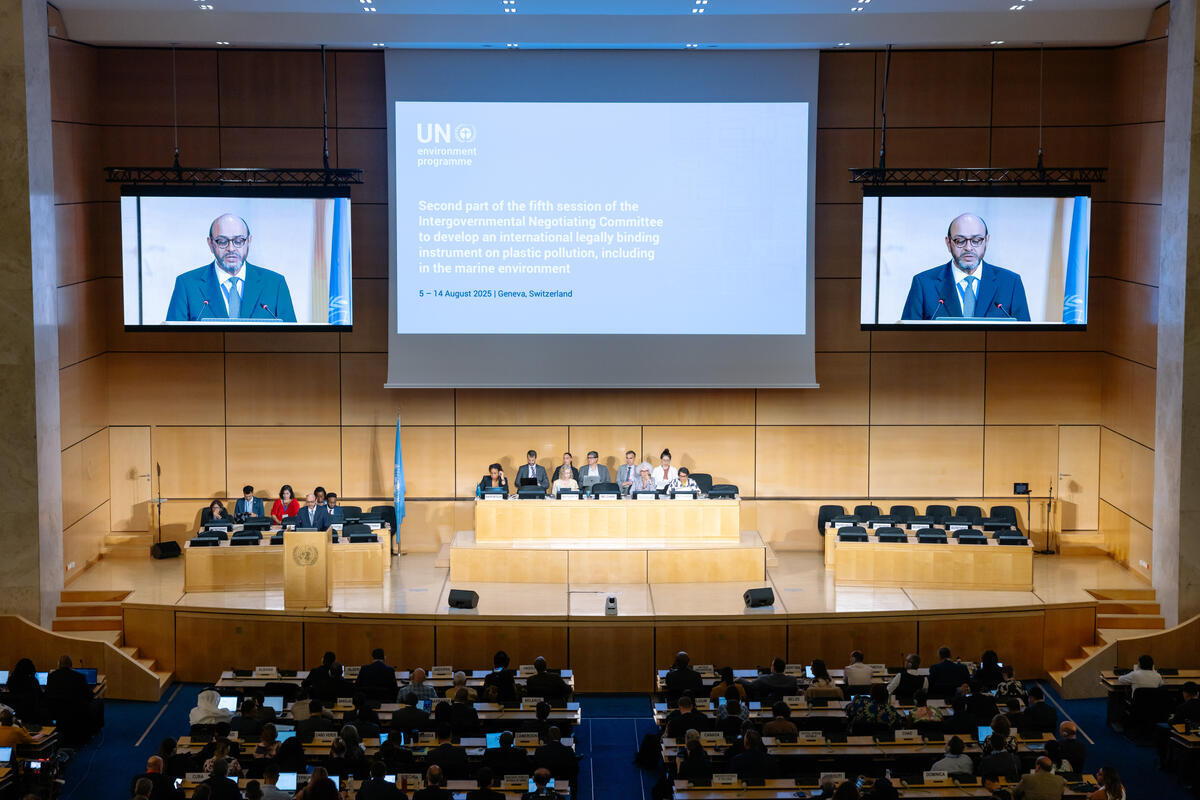
Discussion
Quote: “Plastic pollution is a global threat. And thanks to pressure from people around the world, brands and retailers know they must take responsibility for creating it. ” I am a working ecologist - the head of a small group of environmental engineers. In principle, plastic can be processed into products - and earn serious income from this. But this is not our main work. To date, the following climate variances can be eliminated in the Philippines: Through the production of chilled water - to provide drinking and irrigation water to the people of the Philippines. Cool the territory of the Philippines, and the water surrounding it. Restore productive land and pasture, and sprout new areas. To increase the production of all types of agricultural products, meat and fish. Together with other community members: To stop the growth of the world's oceans - to begin to lower them - and to stop the flooding of coastal cities, including Manila. To weaken the power of hurricanes and their frequency. And much more. Sincerely, Environmental Program Developer, Victor Rodin. Ukraine. Khmelnitsky NPP. Tel Kiev Star: 961336344. Mail: [email protected], [email protected] --- --- --- Цитата: «Пластиковое загрязнение является глобальной угрозой. И благодаря давлению со стороны людей по всему миру бренды и розничные продавцы знают, что должны взять на себя ответственность за его создание». Я действующий эколог – руководитель небольшой группы инженеров-экологов. В принципе пластик можно перерабатывать в изделия – и получать от этого серьёзные доходы. Но это не основная наша работа. На сегодняшний день в Филиппинах можно устранить следующие климатические отклонения: За счёт производства охлаждённой воды – обеспечить питьевой и поливной водой население Филиппин. Охладить территорию Филиппин, и омывающее её водное пространство. Восстановить продуктивные земли и пастбища, и прорастить новые площади. Прирастить производство всех видов сельхозпродукции, мяса и рыбы. Вместе с другими членами сообщества: Остановить рост мирового океана – начать его понижение – и остановить затопление прибрежных городов, включая Манилу. Ослабить мощность ураганов и их частоту. И многое другое.